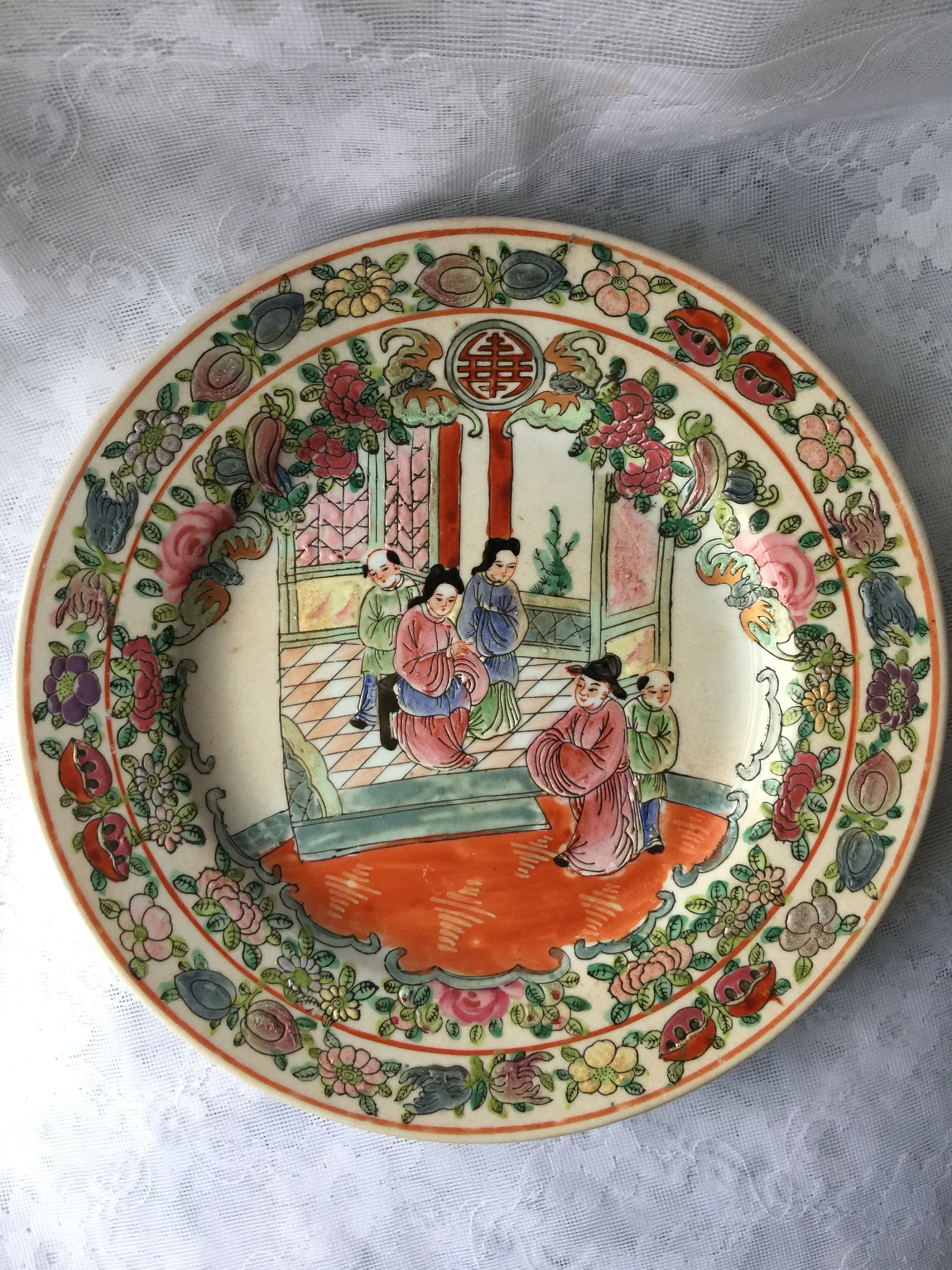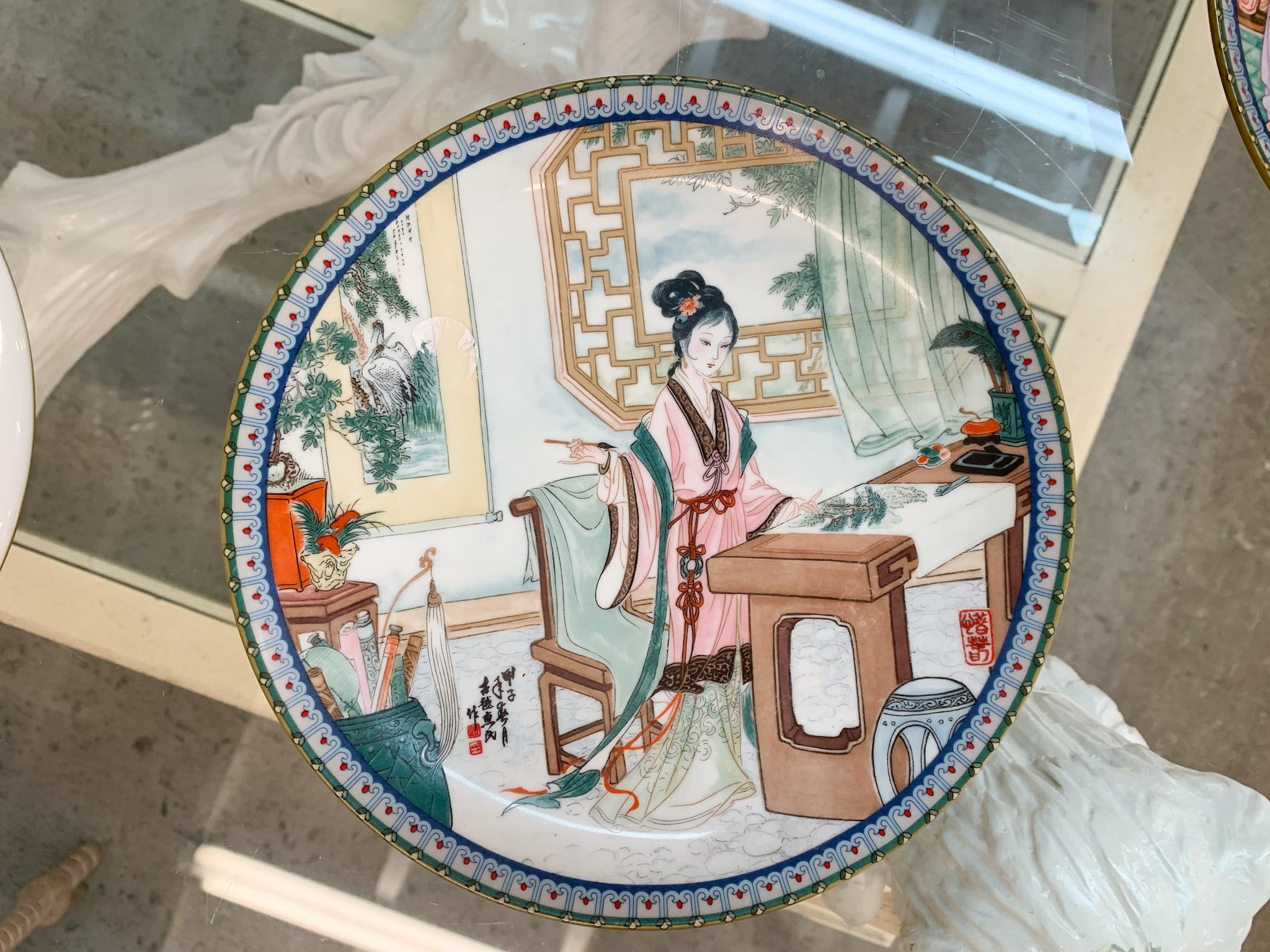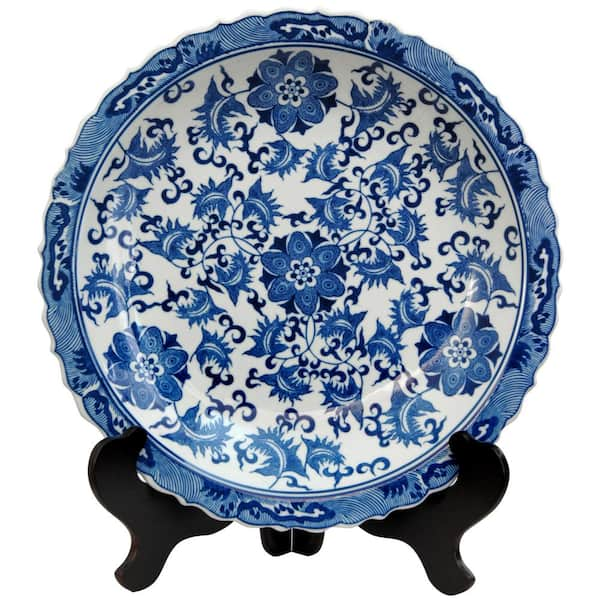Decorative plates are more than just tableware; they are a reflection of culture, history, and artistry. In this article, we’ll delve into the world of Asian decorative plates, exploring their significance, styles, and tips for collectors. Join me in uncovering the beauty of these exquisite pieces.
The Cultural Significance of Asian Decorative Plates
Asian decorative plates hold deep cultural significance. They often depict stories, traditions, and nature. Each piece tells a unique tale, making them treasures in any setting. My personal collection began with a stunning blue-and-white plate from China. The intricate designs and vibrant colors captivated me, sparking a passion for collecting.
Historical Context
- Chinese porcelain and its impact on global trade.
- Japanese handcrafted ceramics and their traditions.
- Korean pottery and its unique glaze techniques.
Symbolism and Meaning
Different symbols are often incorporated into the designs:
- Dragons: Represent power and strength.
- Crane: Symbolizes longevity.
- Peonies: Often associated with wealth and prosperity.
A Personal Story
One of my favorite pieces is a hand-painted plate depicting a peony. Not only does it enhance my dining room decor, but it also serves as a reminder of the beauty and abundance in life.
Exploring Different Styles of Asian Decorative Plates
Asian decorative plates come in various styles, each with its unique charm. Understanding these styles can help you choose the right pieces for your collection or home decor.
Chinese Porcelain Plates
Chinese porcelain is renowned for its delicate beauty and craftsmanship. From the Ming dynasty’s iconic blue-and-white designs to the colorful cloisonné, each plate is a work of art.
| Style | Features | Era |
|---|---|---|
| Blue-and-White | White porcelain with blue designs | Ming Dynasty |
| Famille Rose | Multiple colors, often featuring floral designs | Qing Dynasty |
| Cloisonné | Enamel work with wire outlines | Ming to Qing Dynasty |

Japanese Ceramics
Japanese plates are known for their artistic expressions and attention to detail. From the rustic earthenware of Mingei to the elegant Imari porcelain, the variety is astounding.
Korean Pottery
Korean pottery is distinguished by its simple shapes and beautiful glazes, often featuring natural motifs inspired by the surroundings.

Materials Used in Asian Decorative Plates
The materials used in creating decorative plates greatly affect their appearance and durability. Here are some common materials:
Porcelain
Porcelain is a durable material known for its translucency and smooth finish. It is often used for elegant tableware and decorative displays.

Ceramic
Ceramic plates can range from rustic to refined. They often feature intricate glazes that enhance their aesthetic appeal.
Metal
Some decorative plates are made from metals like brass or copper, which can add a vintage or industrial feel to your decor.

Glass
Glass decorative plates often feature vibrant colors and intricate designs, offering a unique way to showcase patterns.
How to Choose the Right Asian Decorative Plates for Your Home
Choosing the right decorative plates is essential for creating a cohesive theme in your decor. Here are a few tips based on my experiences:
Consider the Color Palette
Choose plates that complement your existing decor. Bright colors can add vibrancy, while neutral tones provide elegance.
Think About the Size and Shape
Different sizes and shapes can create visual interest. Mixing sizes can lead to a dynamic display.
Use Plates as Wall Art
Hanging decorative plates can transform your walls. Mixing different styles can create an eye-catching gallery wall.

Decorating with Asian Decorative Plates
Displaying Plates in Your Home
There are many creative ways to display your decorative plates:
- Plate racks or shelves for organized displays.
- Plate hangers for wall mounting.
- As centerpieces on dining or coffee tables.
Creating a Focal Point
A collection of decorative plates can become a stunning focal point in any room. I created a beautiful arrangement above my fireplace, combining different cultures and styles that tell a story.

Incorporating Seasonal Themes
Switching out decorative plates for different seasons can keep your decor fresh. For spring, I love using floral-themed plates, while autumn calls for warm colors and earthy designs.
Care and Maintenance of Asian Decorative Plates
To ensure your decorative plates last for generations, proper care is essential.
Cleaning Tips
Always hand wash your plates with mild soap and avoid abrasive sponges. For stubborn stains, a gentle soak might do the trick.

Storage Solutions
When storing plates, use protective padding between them to avoid scratches. I’ve found that dedicated plate boxes are a great solution.
Displaying Safely
If you’re hanging plates, ensure they are securely mounted and not in areas where they could be accidentally knocked down.
Pros and Cons of Collecting Asian Decorative Plates
Pros
- Unique cultural insights and artistic expression.
- Versatile decor options for various styles.
- Potential for value appreciation over time.
Cons
- Fragility can lead to breakage if not handled carefully.
- Quality and authenticity can vary widely.
- Collecting can become a costly endeavor.
Frequently Asked Questions (FAQs)
What materials are best for decorative plates?
Traditionally, porcelain and ceramic are popular choices due to their beauty and durability. However, metal and glass also offer unique aesthetics.
Are decorative plates safe for food use?
Most decorative plates are not intended for food use, especially if they have intricate designs. It’s best to check for food safety before using them for serving.
How can I tell if a plate is authentic?
Look for markings, research the artist or manufacturer, and check for quality in craftsmanship. Authentic pieces usually display expert artistry.
Can I mix different styles of Asian plates?
Absolutely! Mixing styles can create a visually striking display. Just ensure they complement each other in color and theme.
Where can I buy Asian decorative plates?
Local antique shops, art galleries, online marketplaces like Etsy, and specialty decor stores are great places to find unique pieces.